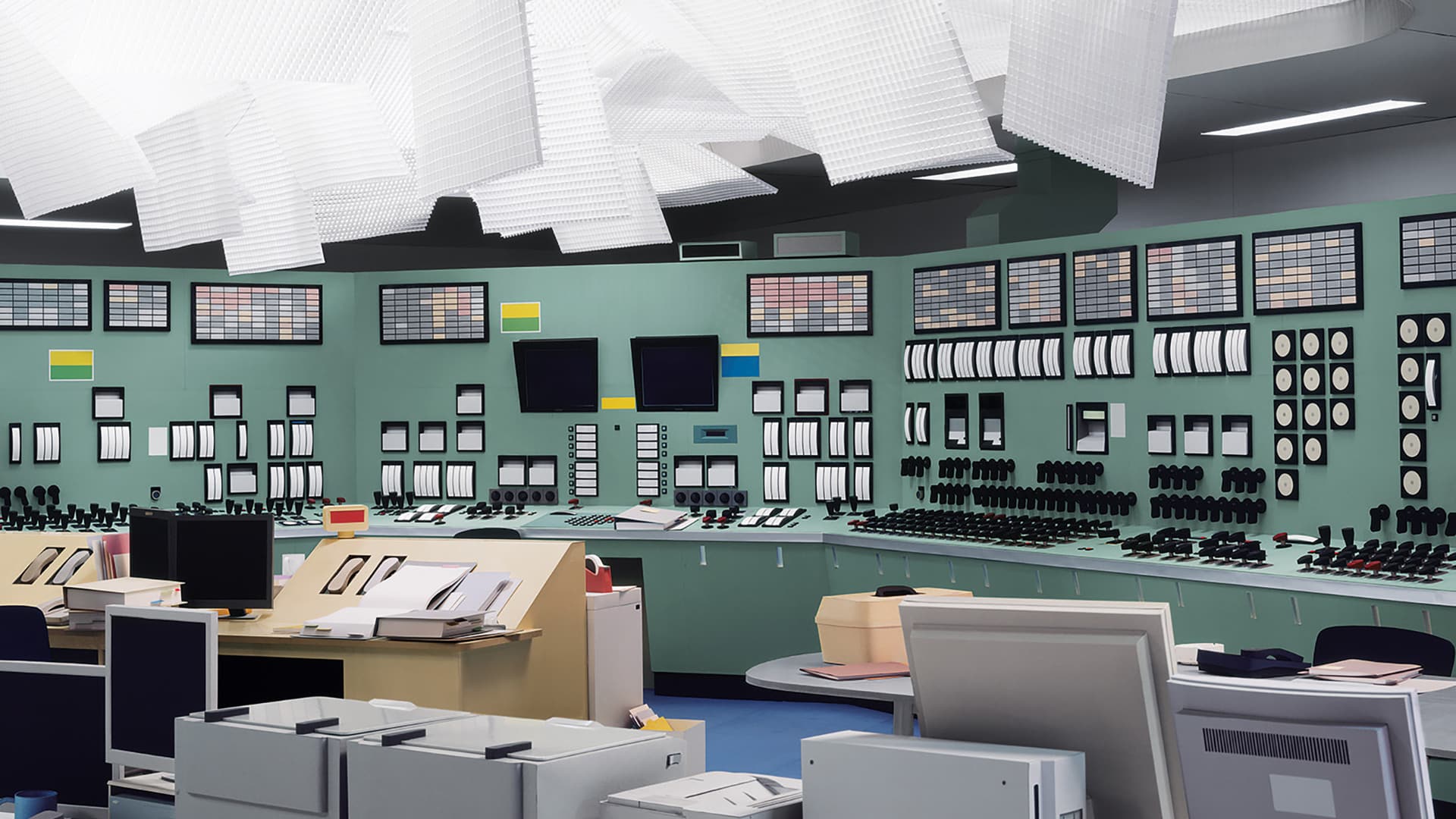For twenty-eight years, the German photographer Thomas Demand has been reproducing press photographs on paper and proposing a new reading. We decipher for you his monograph “Complete Papers” recently published by MACK.

You’re getting blind.
Don’t miss the best of visual arts. Subscribe for $9 per month or $108 $90 per year.
Already suscribed ?



